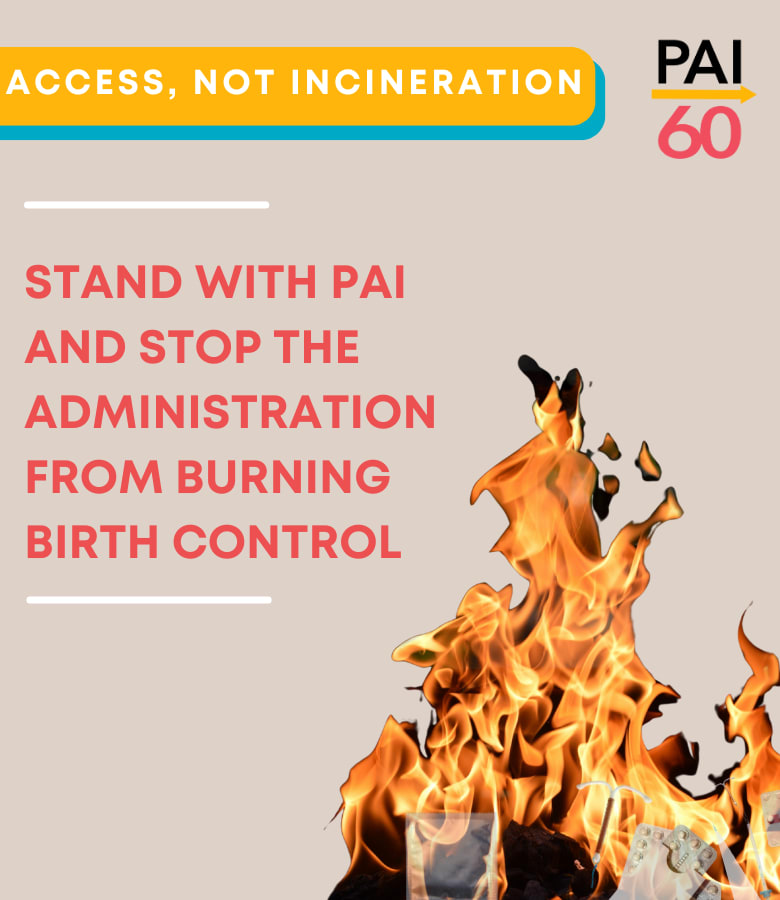How Will the United States Global Strategy to Empower Adolescent Girls Become a Reality?
Last week, Secretary of State John Kerry launched the U.S. Global Strategy to Empower Adolescent Girls. The strategy brings together the State Department (including PEPFAR), USAID, Peace Corps and the Millennium Challenge Corporation to “ensure adolescent girls are educated, healthy, economically and socially empowered, and free from violence and discrimination thereby promoting global development, security, and prosperity.”
PAI and other members of the advocacy community, including our partners in the Youth Health and Rights Coalition and Girls Not Brides USA, have long advocated for the U.S. government to articulate a comprehensive, interagency plan to address the unique needs and potential of adolescent girls. Throughout the development of the strategy, girls’ health advocates have repeatedly stressed that an effective strategy must address the important role that sexual and reproductive health and rights play in girls’ empowerment. This is a great first step, and now we must shift our advocacy to implementation and realization of the strategy.
Addressing Major Barriers to Sexual and Reproductive Health
Adolescent girls face many challenges related to their sexual and reproductive health. These challenges are often deeply interconnected and are compounded by other issues, such as girls’ education and economic empowerment. The strategy addresses several of these challenges including child, early and forced marriage, female genital mutilation, gender-based violence, early pregnancy, HIV, and an overall lack of information and access to sexual and reproductive health services.
- Sexual and Reproductive Health information and services: The strategy explicitly includes under its objectives the need to expand girls’ access to information about reproductive health and their sexuality, and to increase access to sexual and reproductive health services including, family planning. To accomplish this, the State Department will continue to engage with governments and civil society to advocate for the legal and policy reforms needed to “…institute comprehensive sexuality education in national curricula, and remove barriers to sexual and reproductive rights and comprehensive, accessible, quality health services.” (pg. 20). USAID will continue to provide support to programs and interventions to ensure sexual and reproductive health information, family planning, and other reproductive health services are available for girls.
- HIV: In sub-Saharan Africa, girls account for 71 percent of new HIV infections among adolescents. Recognizing these girls as a key population in efforts to address the global HIV epidemic, the U.S. Global Strategy to Empower to Adolescent Girls will complement and reinforce the holistic approach of DREAMS, an ambitious new PEPFAR initiative to drastically reduce HIV infections among adolescent girls in 10 countries in sub-Saharan Africa. DREAMS will address the structural drivers that increase a girl’s risk of HIV, such as GBV, poverty, and lack of education. Included in DREAMS evidence-based interventions are HIV testing and counseling, PrEP, contraceptive method mix and sex education. Accompanying the release of the Strategy, Secretary Kerry announced that $40 million dollars of DREAMS Innovation Challenge funding would be designated to help keep girls in school.
- Child, Early and Forced Marriage (CEFM): CEFM is a severe violation of girls’ rights, and also puts their health at risk. A key objective of the strategy is to change harmful norms and practices, such as CEFM and female genital mutilation (FGM). Addressing CEFM and meeting the needs of already-married girls is recognized as an issue that cuts across U.S. foreign policy and assistance work. Efforts include engaging with the UN and governments to develop plans to address CEFM, reform laws and also ensure they are implemented. Additionally, target communities will be educated about the harms associated with the practice and mobilized to change norms. USAID will build off of their vision for Ending Child Marriage and Meeting the Needs of Married Children and their growing evidence base of what works to prevent CEFM.
- Adolescent Girls in Humanitarian Settings: Although much of the strategy focuses on adolescent girls in the development context, it does recognize the increased challenges girls face in humanitarian emergencies, including heightened risks of early marriage and gender-based violence. Highlighting the U.S.-led initiative “Safe from the Start,” the strategy emphasizes the need to quickly deploy GBV specialists at the onset of an emergency and ensure that all staff has received training on gender-sensitive response and the specific needs of adolescent girls. Also, included is the need to identify adolescent girls and ensure that they are able to access targeted “girl-specific” services, including sexual and reproductive health services.
Articulating a U.S. Vision for Adolescent Girls
The U.S. Global Strategy to Empower Adolescent Girls seeks to build off of the U.S.’ existing framework of gender and youth-focused policies initiatives. It is an articulation of an overall goal and objectives for the government’s work on adolescent girls in our foreign assistance, humanitarian assistance, and diplomatic efforts. In many ways, it is a vision of what could be accomplished by fully leveraging the resources and influence of the U.S. government to intervene on behalf of girl’s rights and well-being around the world.
While overall, we were very pleased with the strategy itself, concerns still remain around how the strategy will become reality. For example, among the key government positions identified by the strategy’s implementation plan is the USAID Youth Coordinator. Although called for in the 2012 Youth in Development Policy, the position remains vacant. Also, although the strategy calls for an inter-agency working group to be formed to measure progress and assess the strategy in relation to other existing policy frameworks, it’s unclear how strong of a coordinating and accountability mechanism this will be. Finally, with less than a year left in the Obama administration, it’s unclear how deeply the strategy can be embedded in each of the implementing agencies.


